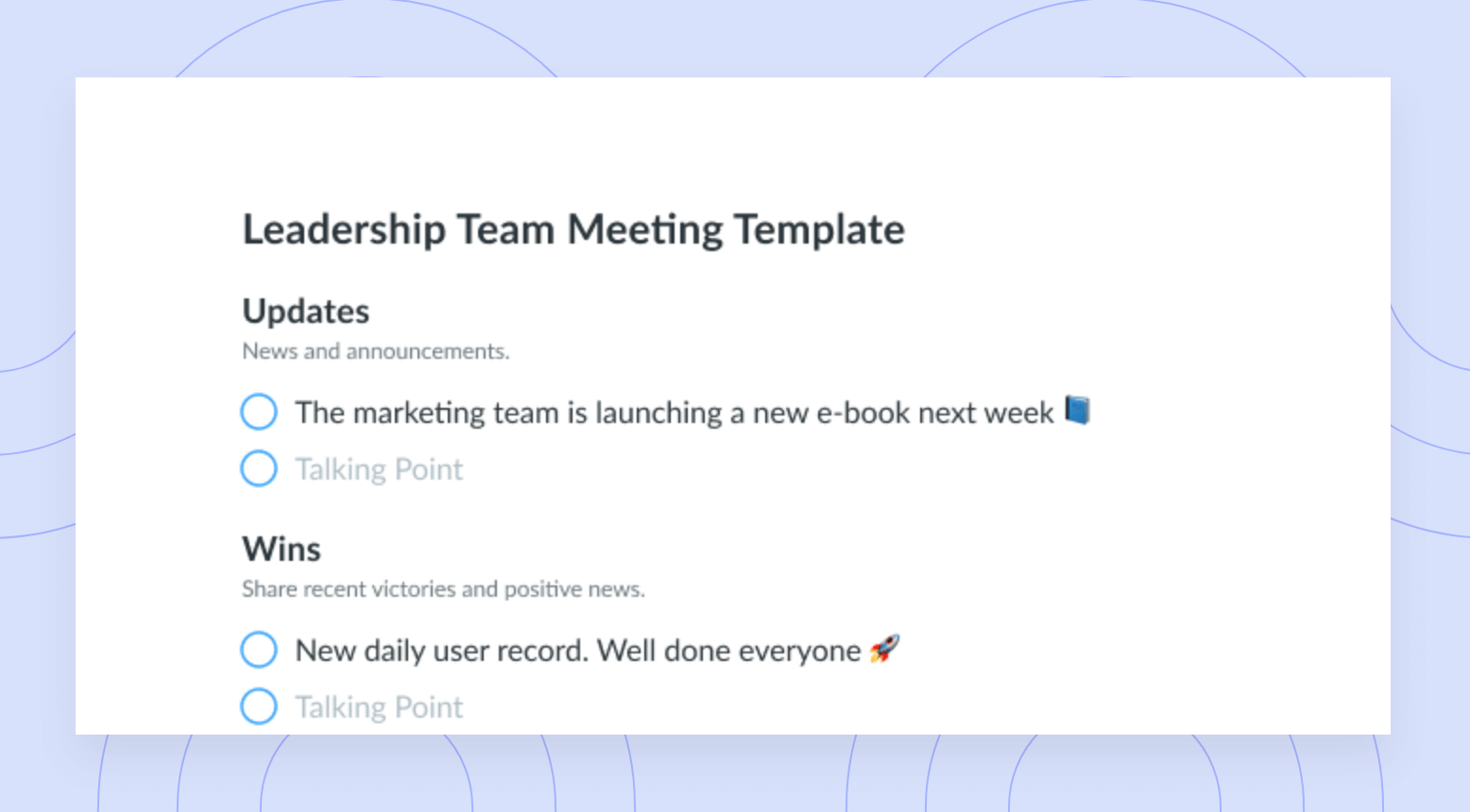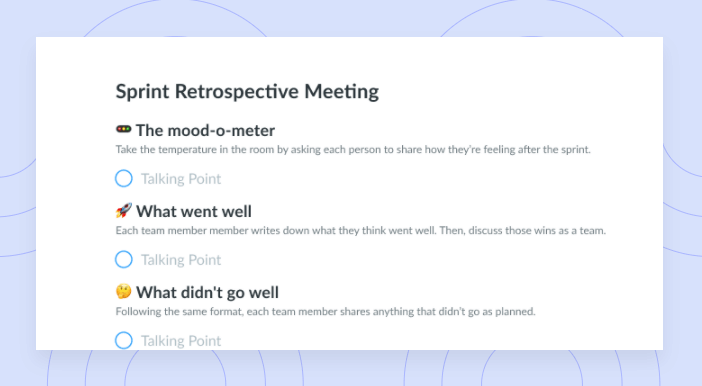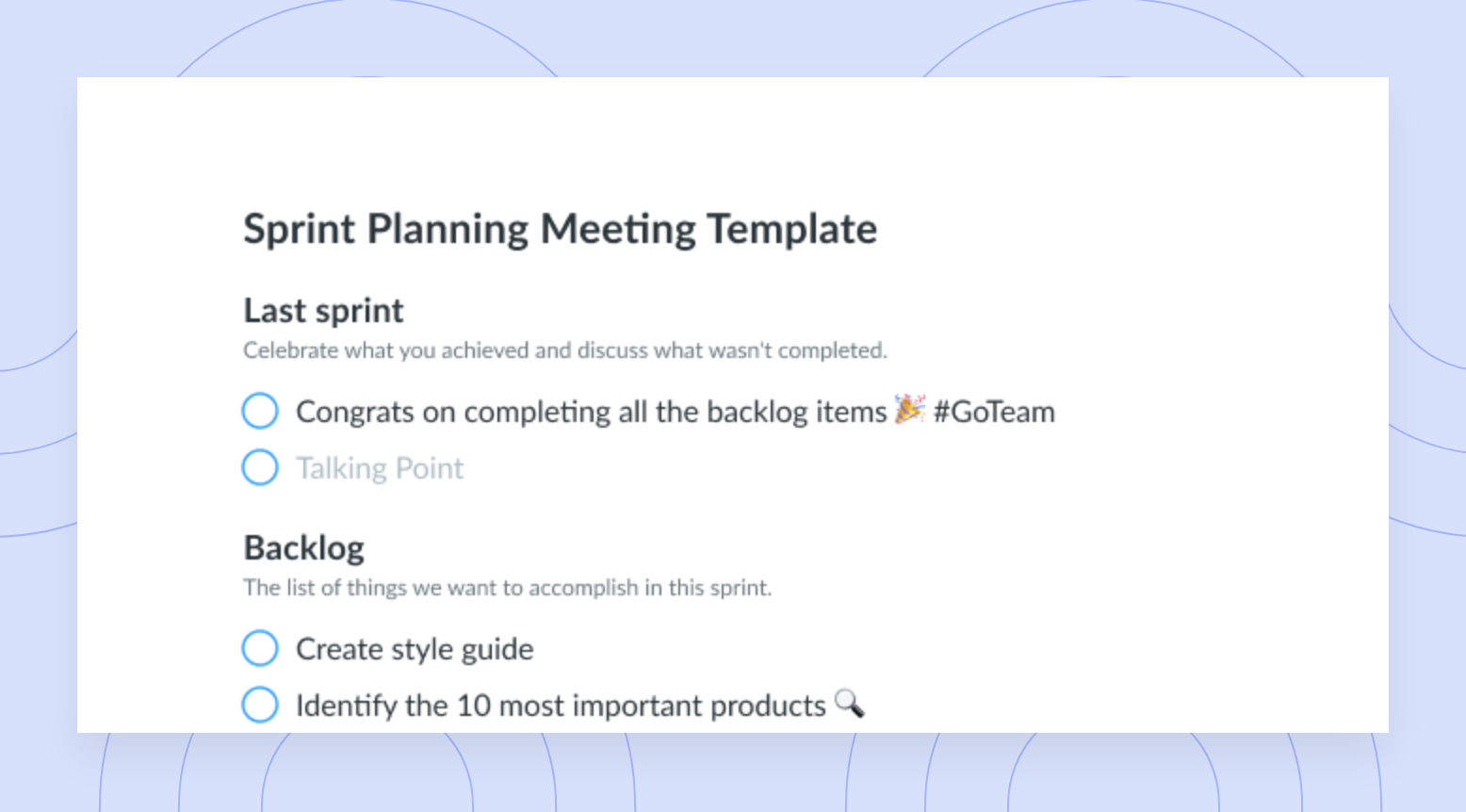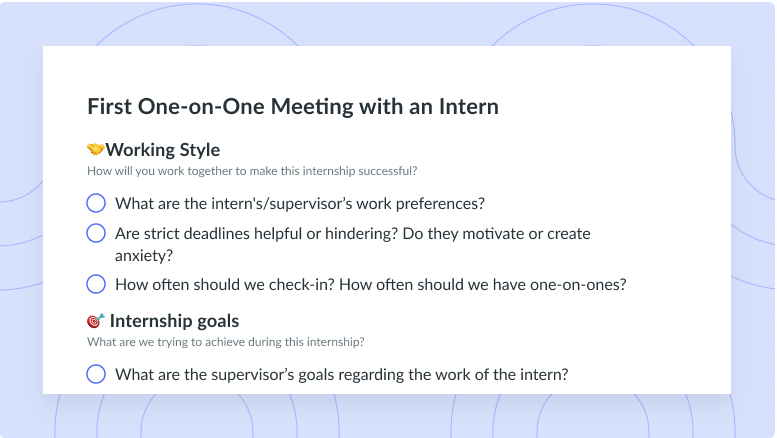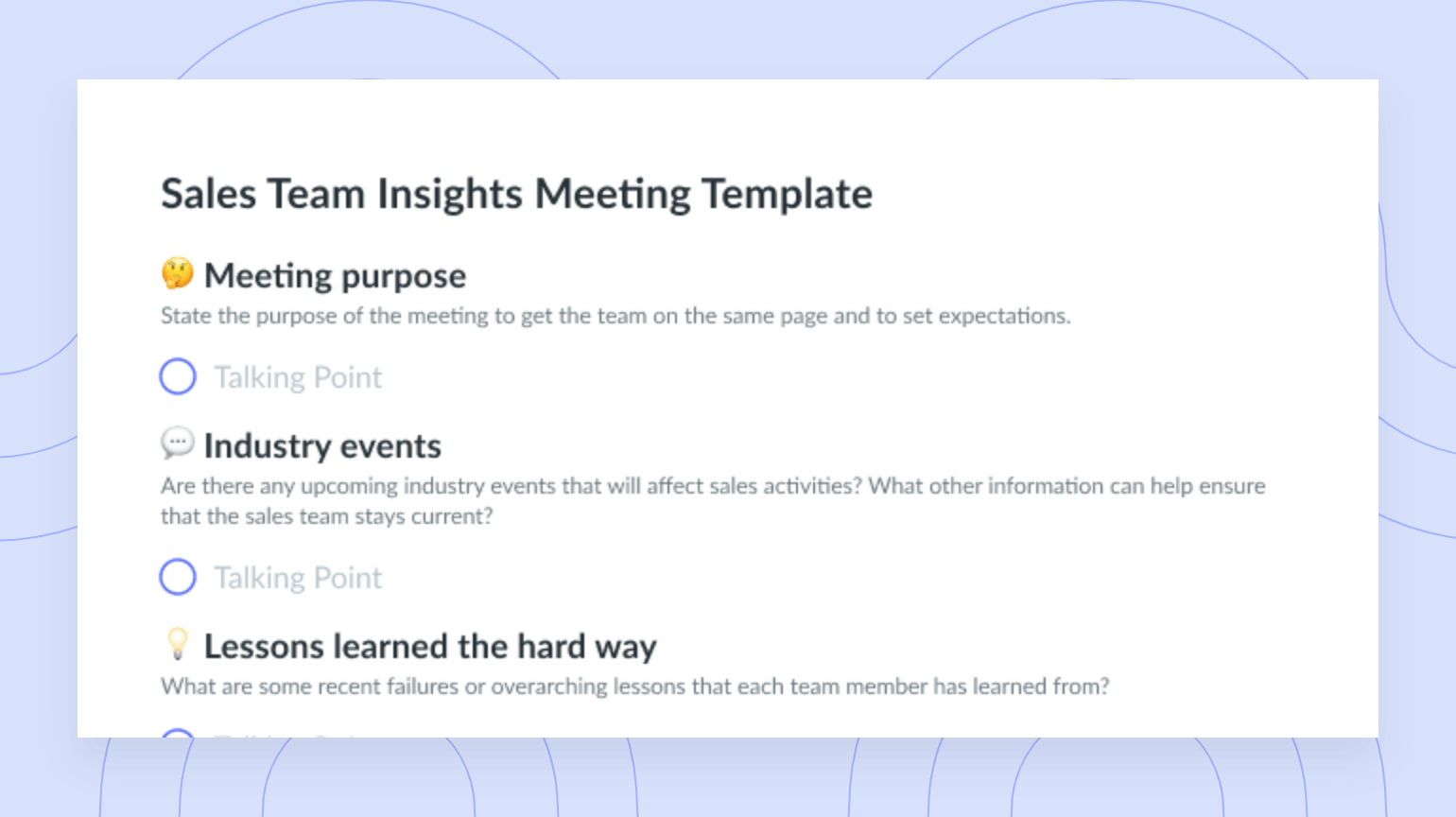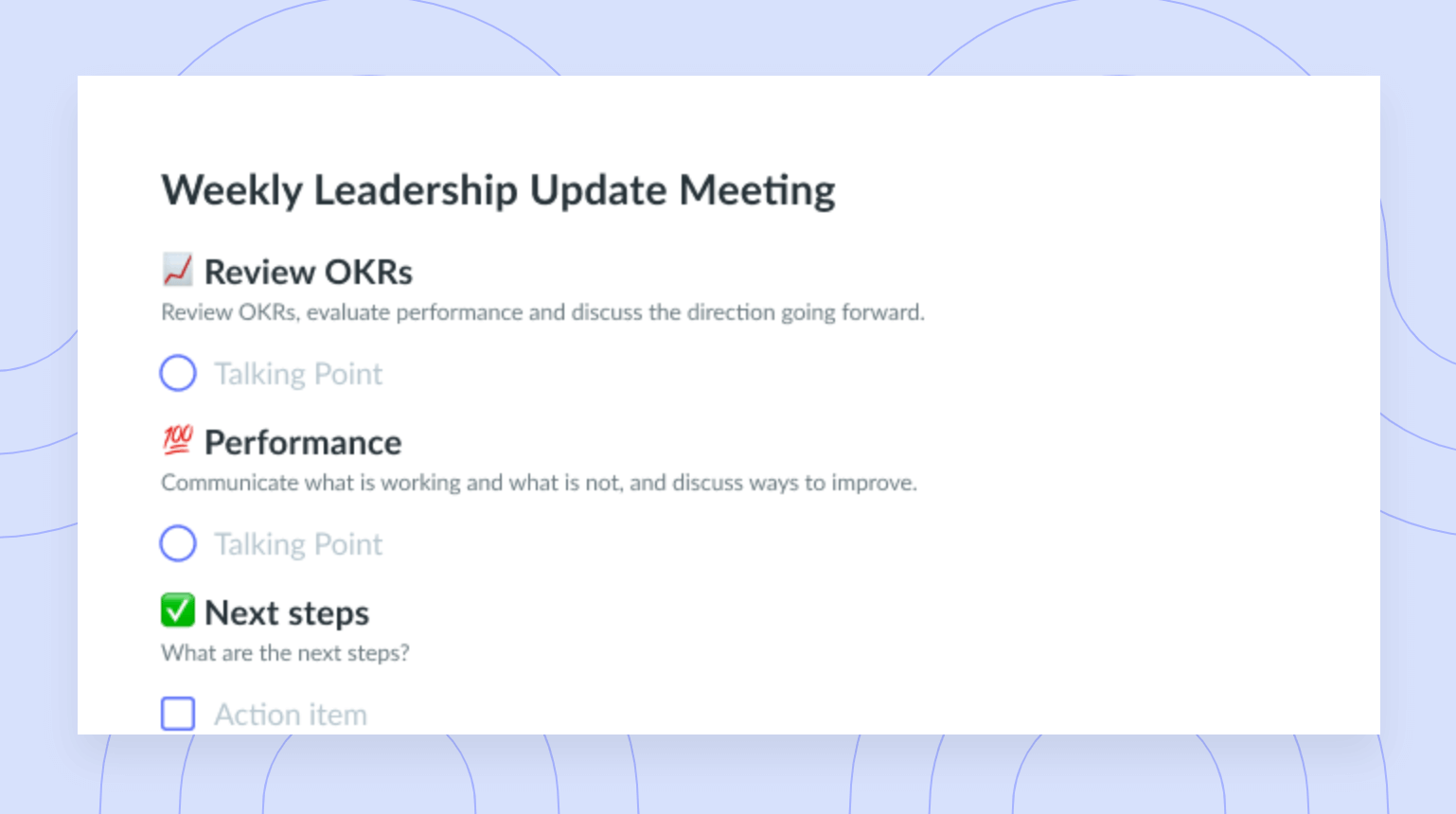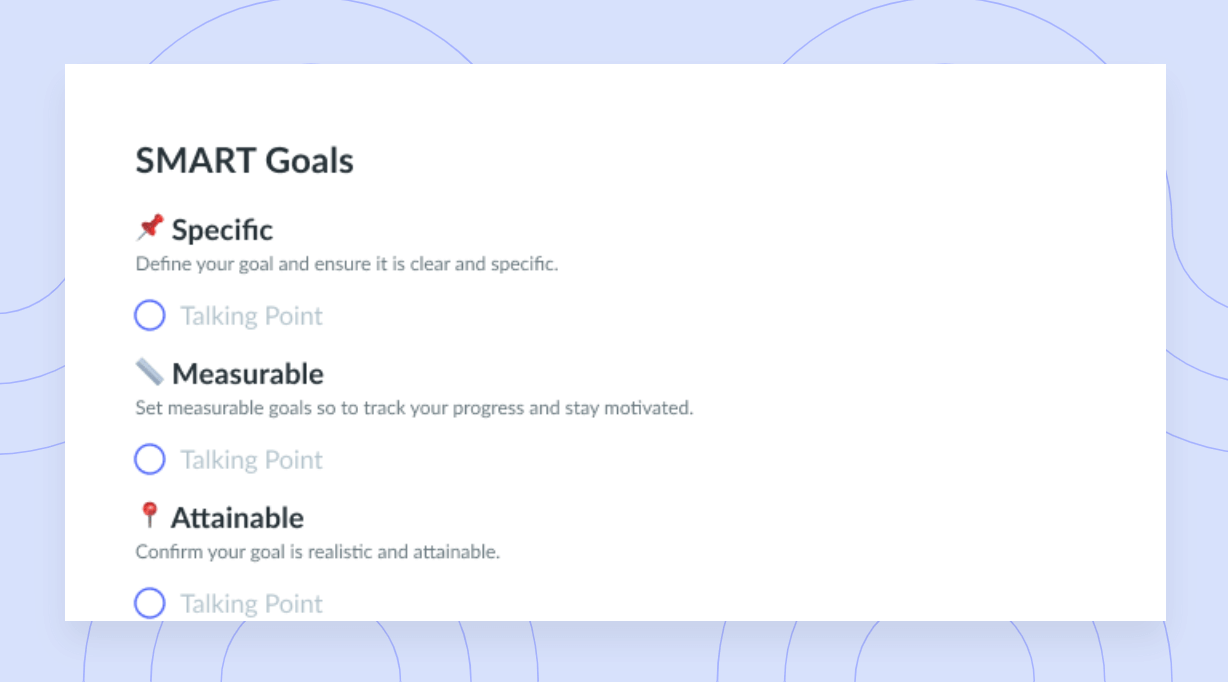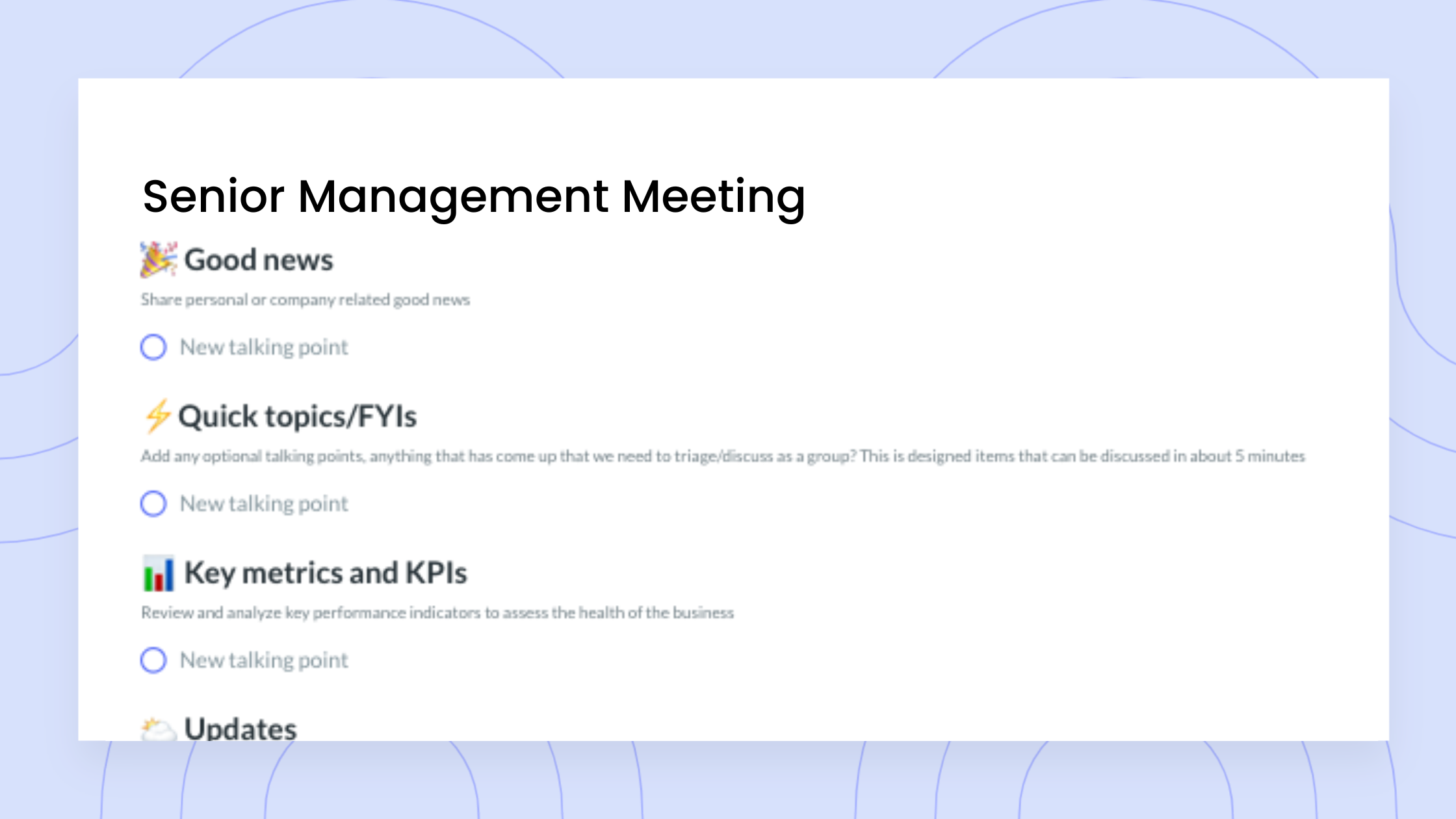What Priority Management Is and How to Use It
Hone your priority management skills and learn to allocate your time to the tasks that really matter today.
You arrive to work on a regular workday morning dreading what lies ahead. You’ve had so much on the go this week that all of your less urgent tasks have landed on miscellaneous sticky notes and to-do lists in your office. Today is the day you must conquer these tasks and finally get organized. With an overflowing list of projects to work on, emails to send, and other competing priorities, you know it’s going to be a struggle getting started.
What if there was a skill to help you select which tasks were essential or should be completed first, and which can be delegated or forgotten? Let’s explore priority management and how you can use this skill to get ahead and stop wasting time at work.
- What is priority management?
- Priority management versus time management
- Why is priority management important?
- How to use priority management
What is priority management?
Priority management can help you and your team figure out what you should be working on at any given time. When you practice this skill, your time and resources will go towards tasks that impact long-term objectives and high-value projects and fall in line with company values. Priority management uses techniques from project management so you can act fast, adjust resources and projects when necessary, and deliver results.

Track tasks to maximize productivity
Organize and prioritize your tasks so you start every day feeling calm and motivated with private streams. Try a tool like Fellow today!

Priority management versus time management
Priority management and time management have a few similarities. Time management means maximizing effectiveness at work by planning how to divide your team between different activities. Priority management means using these time management skills to focus on the right tasks and ultimately deliver the results you want. For example, a person who is good at time management may time block their workday to ensure that they have enough time set aside to complete each task on their to-do list. In contrast, someone who is skilled at priority management would evaluate their to-do list and allot larger chunks of time to tasks that align with their long-term priorities while delegating the rest. Both time management and priority management require you to master other skills including problem-solving, strategic thinking, scheduling, and planning.
Why is priority management important?
Someone once said that the key is not to prioritize what’s on your schedule, but to schedule your priorities. The Development Academy reported in 2021 that working on whichever tasks come up first is one of the least successful time management techniques. Priority management is important because you won’t reap the rewards of your hard work if you aren’t prioritizing tasks based on long-term outcomes. Alternatively, when you give your all to fewer important projects, you’ll be able to view regular progress, build momentum, and make a difference in areas of your work that truly matter.
How to use priority management
- Clear your mind of other priorities
- Understand your goals and objectives
- Use a cost versus reward lens
- Follow Covey’s 7 Habits of Highly Effective People
- Use the 80/20 principle
- Time block your day
- Use a task-tracking tool
- Delegate tasks
1Clear your mind of other priorities
Let’s say you decide that your Monday focus will be working on a new marketing campaign for your small business’ latest product. You chose this task because your priority is getting the word out and building momentum for the product’s launch. If this is the case, pausing the project to help a coworker work through minor details for an event that won’t take place for months likely isn’t the best use of your time. Once you decide on your key priorities, stay focused and schedule all other tasks for a later date. If you’re unable to identify one or two specific projects that should take precedence over others, ask your manager about your team or company’s upcoming goals and align your priorities accordingly.
2Understand your goals and objectives
Outline your goals and objectives before prioritizing tasks. Ask yourself: what will success look like for me in the next month or year? What specifically would I like to achieve in this role? Then, decide on a few attainable short-, mid-, and long-term goals, and write out a detailed plan for how you’ll tackle each of them. Your own goals should align with your organization’s objectives, too. For example, if the goal of your company is to position itself as a thought leader in the industry, ensure your own priorities are aligned to help the company thrive.
3Use a cost versus reward lens
Split tasks into four categories: high effort and high reward, low effort and high reward, high effort and low reward, and low effort and low reward. Next, take a look at the list of tasks and identify which ones are worth pursuing. Tasks with low rewards are often worth abandoning or delegating. If you want to go the extra mile to evaluate the best use of your time, use a prioritization matrix. This model allows you to easily debate the benefits and costs of different options and assign value to specific tasks. Projects that will deliver a high return on investment (ROI) should always rank highest in importance, no matter how urgent they seem.
4Follow Covey’s 7 Habits of Highly Effective People
The late Stephen R. Covey’s 7 Habits of Highly Effective People is an international bestseller filled with simple, yet transformative principles and strategies you can apply to your life and work. The book inspired a new wave of thinking about personal growth by outlining seven specific habits that everyone can use to hack their thinking and actions. When it comes to priority management, Covey’s habits are worth taking a deeper look. For example, the first habit—be proactive—revolves around taking ownership of our response to everything that happens to us. By planning ahead, you’ll feel more empowered to complete priority tasks that will lead to future successes.
5Use the 80/20 principle
Spend less time on low-reward tasks and more time on lucrative tasks that will lead to major wins! The 80/20 principle accounts for the fact that, in business, it’s not uncommon for 80 per cent of sales to be made by 20 per cent of customers. However, the concept can also apply to every dimension of business. If you’re a high-achiever, you likely have an “I can do anything!” attitude. While this isn’t necessarily a bad thing, you should strive to complete tasks that are within your scope of expertise. For example, spending two hours trying to fix your laptop instead of completing a priority task is a terrible waste of time if you have an IT department that specializes in computer repairs. Delegate time-wasters, and focus on what really matters during your most productive hours.
6Time block your day
Are you a night owl or do you love to get a lot done early in the morning so you can complete more mundane administrative tasks in the afternoon? Know which part(s) of the day you’re the most productive and aim to complete deep work, strategize, and brainstorm with your coworkers during this time. Use the time blocking method to organize your workday. Schedule blocks of time that are dedicated to completing specific priority tasks into your calendar. During each block, the goal should be to remain focused on the task at hand. Pro tip: keep on top of smaller, less urgent tasks by dedicating a chunk of time at the end of your work day to anything that will take under five minutes to complete.
7Use a task-tracking tool
Once you’ve set key priorities, use Fellow’s Streams feature to track tasks in a daily planner or private streams and watch yourself make strides towards your goals. While working towards your objectives, use a digital notepad to capture ideas, goals, or whatever else is on your mind. Stay focused on what you need to accomplish by adding tasks as priority items in Streams, and share collaborative checklists with your teammates so you can track your progress as a group.

8Delegate tasks
Don’t try to do it all yourself because you’ll only end up feeling bitter and burnt out. To focus on your priorities, you’ll have to delegate less urgent tasks to your teammates and subordinates. If your to-do list is overwhelming, ask yourself the following two questions: Is the task critical to the team and organization’s long term success? Do I have the time and resources to delegate responsibilities effectively? If you answer yes to both questions, delegate away! Delegating tasks is an effective way to develop new leaders on your team. Remember to come up with a clear process and set expectations from the beginning to ensure success. Assign new tasks to employees with less experience and watch your colleagues quickly develop new skills.
Make time for what matters
Picture this: you show up to work organized and prepared to start the day. Despite last week’s chaos, you feel calm knowing that you have a preplanned list of prioritized tasks. You get started right after you block off time in your calendar for your priorities and take a few minutes to delegate a task to your teammate. At the end of the day, you’re able to see the strides that you made towards your long-term goals. Hooray for priority management!
If you’re feeling overwhelmed by or stuck in a sea of non-urgent tasks, make time for what actually matters by implementing priority management in your daily work life.






![How Many Direct Reports Should a Manager Have? [+ Free Template]](https://fellow.app/wp-content/uploads/2022/06/How-Many-Direct-Reports-Should-a-Manager-Have-2.jpg)


